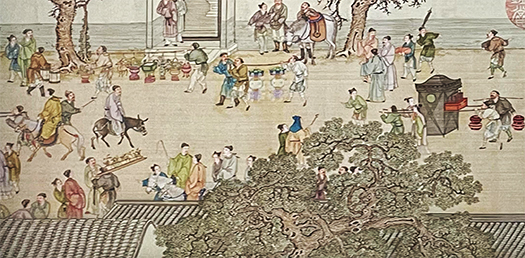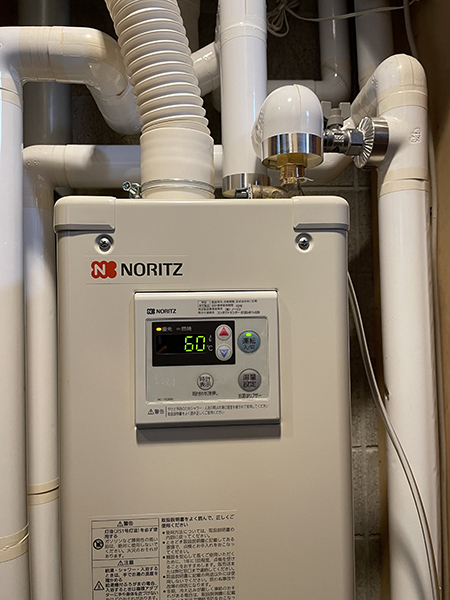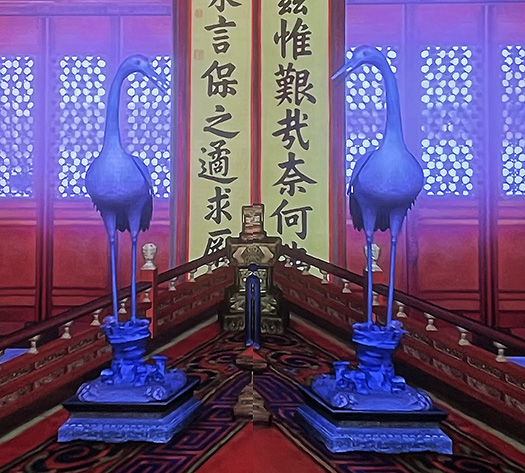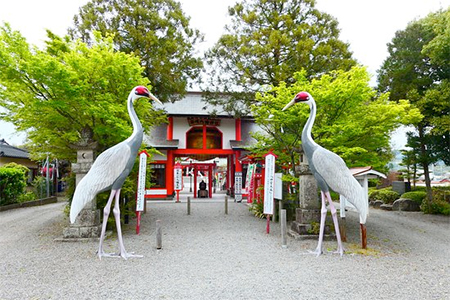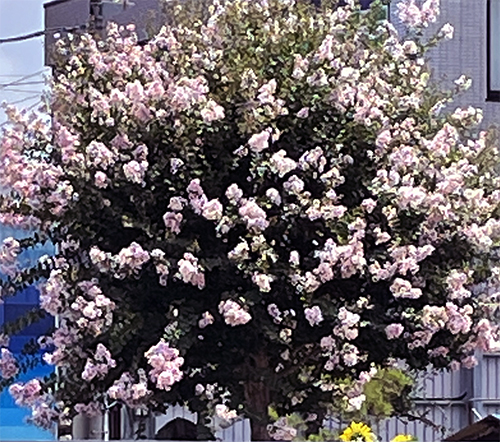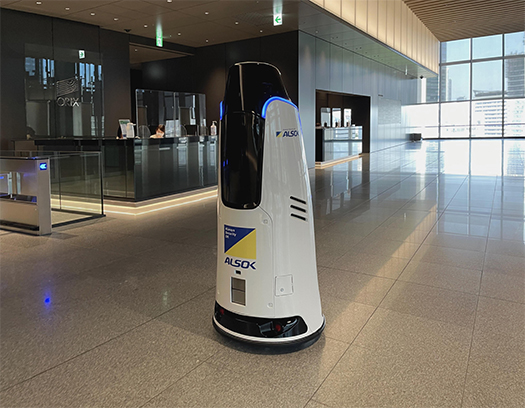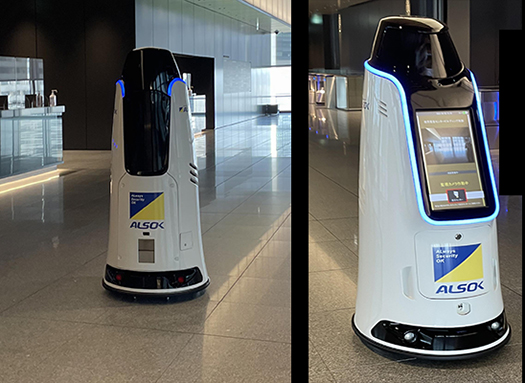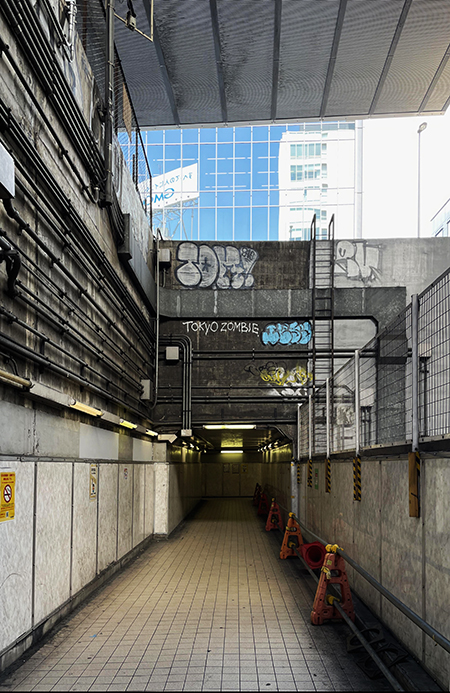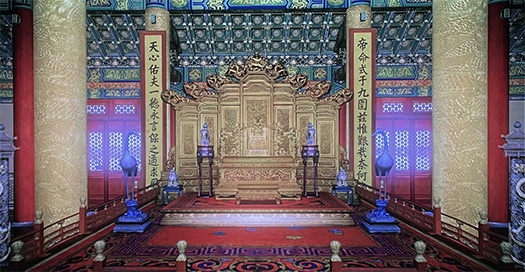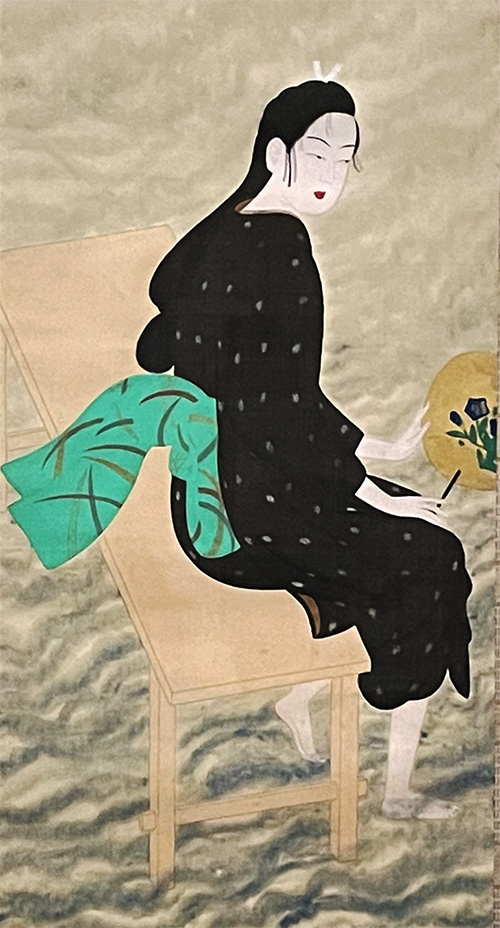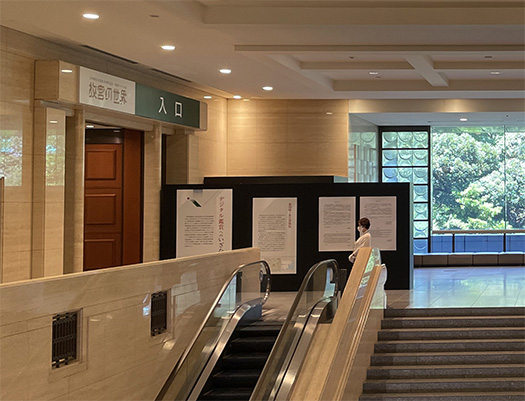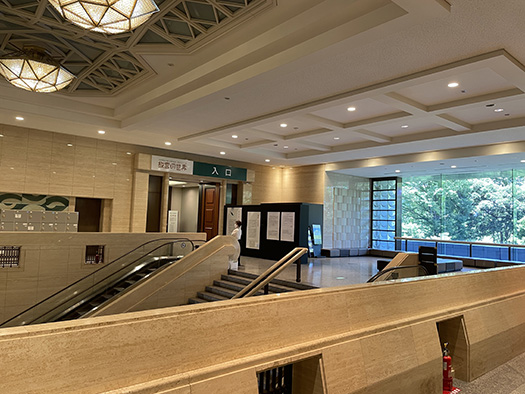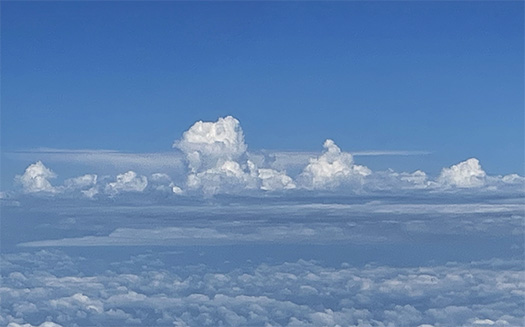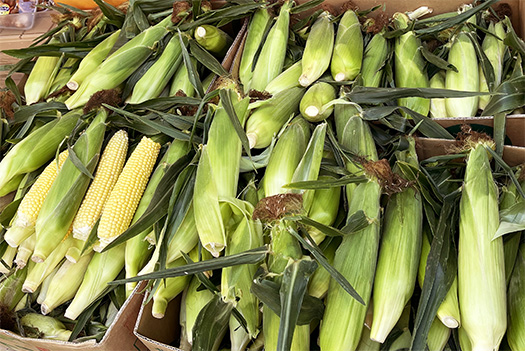

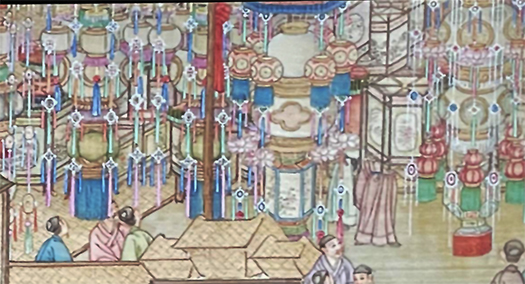
日本史はある意味、世界と日本社会の交流が反映したもの。
卑弥呼・邪馬台国の時代から日本にとっては中国は最大の影響要素。
世界的にも珍しい「鎖国」という外交方針まで取った淵源には、
日本的な平和主義伝統があるのではないかと思っています。
江戸期の鎖国は欧米植民地競争と距離を置くことが大きかったけれど、
古代での白村江敗戦からの国防体制強化、平安期の「国風化」やさらに、
元寇への国防対応などの動きには、日本の国防施策の主対象として
中華国家への海洋国家としての対応方針が示されていると思う。
中華思想という周辺国にとっては迷惑そのものの「俺様思想」
「ジャイアン思想」からの国内平和を獲得するには
つかず離れずの外交方針がいちばん適切だと言えるのでしょう。
一番いいのは中華皇帝的独裁専制から民主主義に変わってくれることですが、
それは見果てぬ夢とも思われる。
それが難しいとすれば、なるべく冷静な平和主義がかの国に於いて
安定して継続してくれることを願うしかない。
日本での江戸幕府時期、中国での清の成立時期という
1740年の頃は、日本の鎖国もあって比較的にそういった平和実現の時期か。
1740年代に成立した北京の旧正月の市井のにぎわいを描く「慶豊図鑑」には、
同時期日本の江戸大衆社会状況とよく似た描写があふれている。
縦28.6cm、横512.4cmという超ワイド画面一杯に人々の多様な生き様があふれる。
清朝最盛期である乾隆帝は、この市中のにぎわいをあらわした作品を気に入っていた。
即位したばかりの乾隆元年(1736)正月、元時代の画家・銭選による
「慶豊図巻」を献上され、宮廷画家の陳枚にこれをもとに下描を作るよう命じた。
同年10月完成した画稿を確認した皇帝はその出来に満足し、この通の「慶豊図巻」は
乾隆5年(1740)12月完成と落款にあるので、別本と思われますが、
作者に同じ陳枚が名を連ねているので、乾隆2年本の成果が何らかの形で、
本巻にも反映されているとされる。
何度も「慶豊図巻」を作らせた乾隆帝が、この主題に大きな関心があったのは確か。
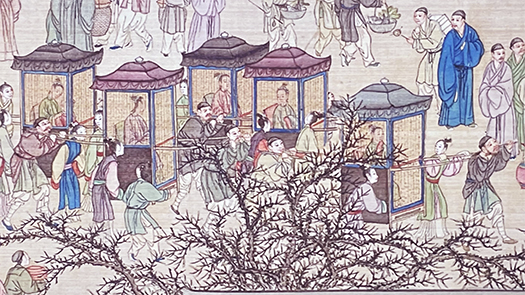
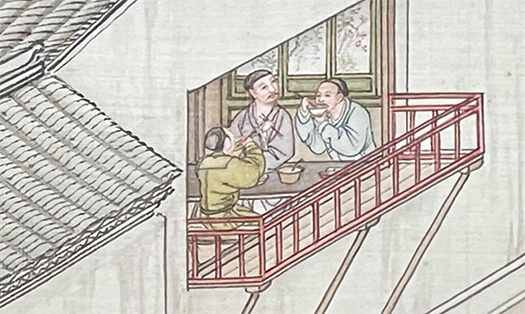
こういう市井の様子を子細に見ていると、
平和を愛好するふつうの人々の幸せな様子が伝わってくる。
同時期の江戸社会での浮世絵表現などとも近似した空気感が支配的。
画業としては、タテ28.6cm程度の紙面キャンバスに細密画さながら、
まことに多様な人々の人生をそこに表現していることに
深く感動させられる。・・・台湾脅迫のようなことは止めて、
この江戸ー清朝初期のような平和共存が現代でも実現して欲しいと強く思う。
English version⬇
[Beijing “mass society” in the early Qing Dynasty and 1740s, similar to the Edo period.
Is the Chinese ideology an ideology that perceives the loss of its power base through restrained diplomacy? The peaceful bustle of the city, similar to ukiyoe prints. …
In a sense, Japanese history reflects the interaction between the world and Japanese society.
From the time of Himiko and the Yamataikoku, the movements of China have been the greatest influencing factor for Japan.
The fact that Japan even adopted a diplomatic policy of “seclusion,” which is rare in the world
I believe that the Japanese tradition of pacifism may have been at the root of this policy of seclusion, which is rare in the world.
Although the isolation of Japan during the Edo period was largely due to the distance it gained from Western colonial competition
The strengthening of the national defense system after the defeat at the Hakumura River, the “kokufu-ka” of the Heian period (794-1185), and the defense against the
In addition, the national defense against the Genko Invasions was the main target of the Japanese national defense policy.
I believe that the policy of responding to the Chinese nation as a maritime nation is shown in these movements.
The Chinese ideology, which is a nuisance to neighboring countries, is a domestic peace policy from the “I-idea” and
In order to achieve domestic peace from the “Gian idea,” it is necessary to have a foreign policy of “stay the course.
The best way to achieve domestic peace from the “Chinese idea,” which is a nuisance to neighboring countries, is a diplomatic policy of staying out of the way.
The best thing would be for China to change from an imperialist dictatorship to a democratic state.
But that seems to be an unrealistic dream.
If that is difficult, we can only hope that calm pacifism will remain stable in the country as long as possible.
If that is difficult, we can only hope that the calm pacifism will continue in the country as long as possible.
The time of the Edo Shogunate in Japan and the establishment of the Qing Dynasty in China
The period around 1740 was a relatively peaceful period due in part to Japan’s isolation.
In the “Qingfeng Zujian,” which depicts the bustle of the streets during the Chinese New Year in Beijing in the 1740s
It is full of depictions similar to the social conditions of the Edo masses in Japan during the same period.
The 28.6 cm (H) by 512.4 cm (W) extra-wide screen is filled with a variety of people’s lifestyles.
The Ch’ien-lung Emperor at the height of the Qing Dynasty loved this work depicting the bustling city life.
In the first lunar month of 1736, just after his accession to the throne, he presented the “Qingfeng Scroll” by Qian Chan, a painter of the Yuan dynasty.
The Ch’ien-lung Emperor was presented with “Qing-feng Scroll” by Qian Chien, a painter of the Yuan dynasty, in the first lunar month of 1736, and ordered the court painter Chen Hae to create a draft based on it.
In October of the same year, the emperor was satisfied with the finished manuscript, and this version of the “Qingfeng Scroll” was completed in the 5th year of the Qianlong reign (1740).
This copy of “Qingfeng Scroll” was completed in December 1740, so it is thought to be a different edition.
However, since the same artist, Chen Pai, is listed as the author of this scroll, it is likely that the results of the Qianlong 2 volume were somehow reflected in this volume.
However, since the same Chen Paik is listed as the author, it is believed that the results of the Qianlong 2 book are somehow reflected in this volume.
It is certain that the Ch’ien-lung Emperor, who had the “Qing-feng illustrated scroll” produced several times, had a great interest in this subject matter.
When you look closely at the city streets like this, you can see the happiness of ordinary, peace-loving people.
The peace-loving people of the city are happy.
The dominant atmosphere of this work is similar to that of ukiyoe prints of the same period in Edo society.
As for the work itself, it is a miniature painting on a 28.6-cm-wide canvas.
I am deeply moved by the variety of people’s lives expressed in these works.
I was deeply moved by the fact that he was able to express so many different people’s lives on a 28.6cm-wide canvas. I’m not trying to blackmail Taiwan, but I’m just trying to show you what it was like in the Edo period.
I strongly hope that peaceful coexistence like that of the Edo and early Qing dynasties can be realized even today.
Posted on 8月 8th, 2022 by 三木 奎吾
Filed under: 「都市の快適」研究, 歴史探訪 | No Comments »




